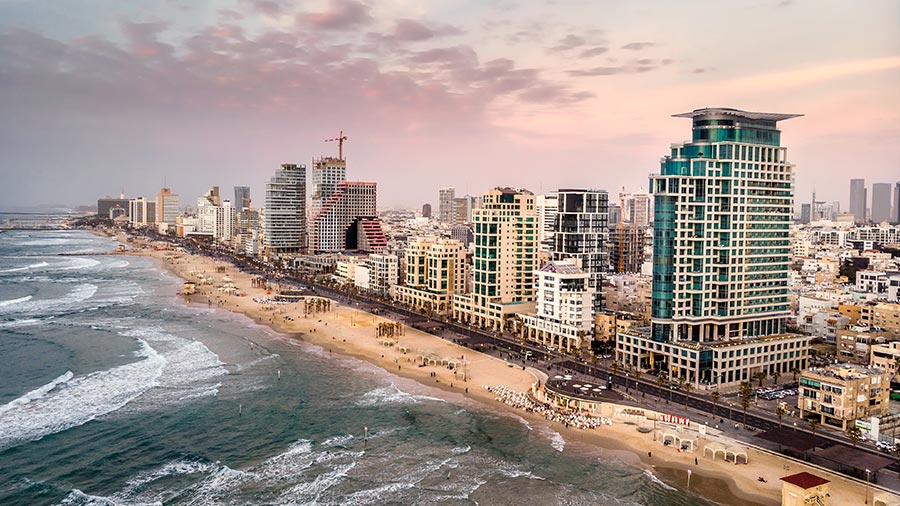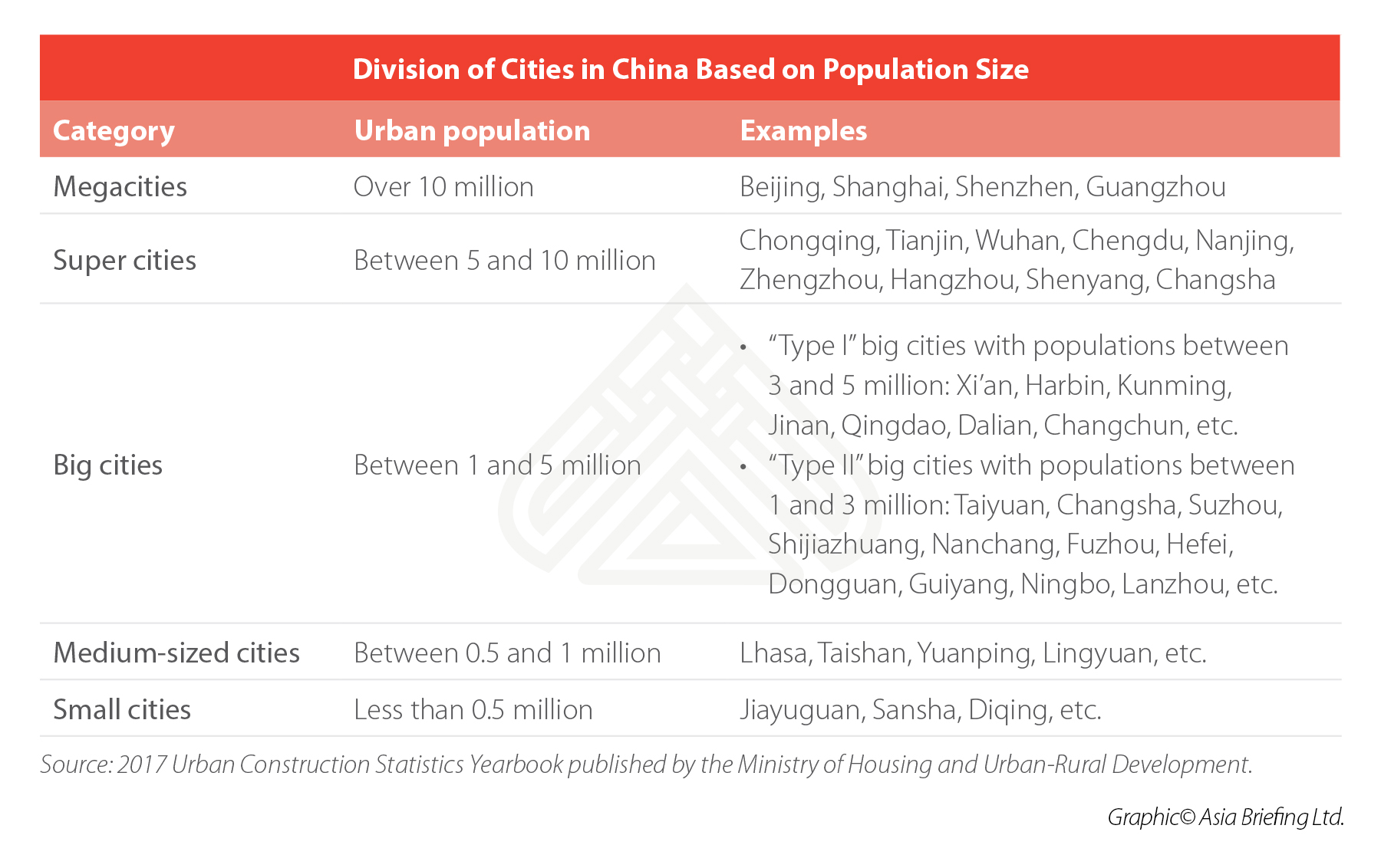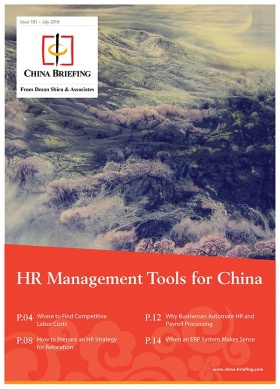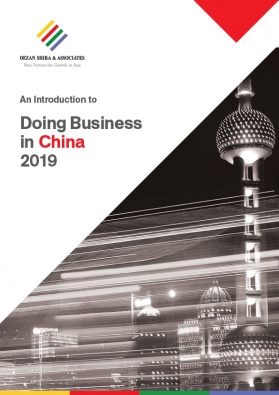China is Relaxing Hukou Restrictions in Small and Medium-Sized Cities
China is relaxing hukou restrictions in small and medium-sized cities to solve migrant workers’ residency challenges, boost urbanization, and spur domestic consumption. China Briefing breaks down the new policy and what it means for China’s economy and labor market.
China will relax hukou residency curbs in many of its small and medium-sized cities to push urbanization this year, according to the 2019 Urbanization Plan published by the National Development and Reform Commission (NDRC) on April 8.
Hukou is a household registration system in China – similar to an internal passport – used by the government to regulate population distribution within the country. In practice, the hukou system restricts freedom of movement, the allocation of labor resources in the economy, the equality of urban and rural residents’ status, and the urbanization of cities.
Accordingly, by reducing restrictions on hukou, the new plan aims to increase China’s urbanization rate by at least one percentage point by the end of this year. This is consistent with the government’s goal, initially proposed in 2016, of bringing 100 million people into cities by 2020.
Hukou reform is important if China wants to develop a more dynamic and open economy as it targets a variety of socioeconomic challenges; the new plan is a big step in this direction.
What’s in the 2019 Urbanization Plan?
The 2019 plan requires that cities with populations between one and three million scrap all restrictions on household registration, which is governed in China by the hukou system.
Moreover, cities with populations between three and five million will relax restrictions on new migrants and remove limits on key population groups, including graduates of universities and vocational colleges.
Before, small and medium-sized cities and towns of under one million permanent residents had already gradually lifted restrictions on household registration.
In addition to loosening hukou restrictions, the plan directs local governments to promote basic public services for permanent residents and further develop urban infrastructure to handle increases in population.
The relaxation of hukou and the promotion of greater urbanization may further change China’s urbanization layout and labor market distribution, as workers will now face fewer hurdles when relocating to a small- and medium-sized cities.
In contrast, most larger cities – which tend to be magnets for migrant workers – will continue to have more restrictive hukou policies for the time being.
Which cities will be affected?
Chinese authorities divide cities into five levels depending on population size: megacities, super cities, big cities, medium-sized cities, and small cities.
According to the Urban Construction Statistical Yearbook 2017, China has 13 cities with a population of more than five million in their urban areas. These include four megacities – Beijing, Shanghai, Guangzhou, and Shenzhen as well as nine super cities – Tianjin, Chongqing, Wuhan, Chengdu, Nanjing, Zhengzhou, Hangzhou, Shenyang, and Changsha.
Thus, these 13 cities will not see a relaxation of hukou restrictions under the new policy. In effect, it means that it will be easier to apply for hukou in big, medium-sized, and small cities – in other words, some second-tier cities and all third- and fourth-tier cities.
Cities that may be affected by the new plan include Xi’an, Harbin, Changchun, Taiyuan, Nanning, Dongguan, Suzhou, Hefei, Jinan, Qingdao, Dalian, Xiamen, Ningbo, Kunming, Shijiazhuang, Nanchang, Fuzhou, and more.
Resolving hukou issues for China’s large “floating population”
The new plan is expected to help a large number of rural migrant workers who move to larger cities for employment get an urban hukou.
In China, the hukou is an important administrative tool for the government to control internal migration. Hukou is closely linked to access to many social welfare benefits in a specific city, including education, healthcare, and retirement pensions. Migrants who lack a local hukou are usually prohibited from buying property in the city and need to pay more for social services.
Prior to the new plan, many cities had already relaxed residency requirements in a bid to attract domestic migrants – especially young graduates – to sustain local property markets and promote economic growth.
For example, in March, Shijiazhuang became the first city to announce a “zero threshold” policy for domestic migrants – allowing essentially any Chinese citizen to obtain a Shijiazhuang hukou. Hangzhou and Xi’an also announced plans to grant domestic migrants with certain types of education, a local hukou. Besides these, many provincial capital cities can grant hukou to migrants as long as they have at least a technical secondary school diploma.
These incentives, however, tend to favor young and educated workers rather than those without higher education qualifications. Many of these migrants have continued to struggle to gain hukou in the urban areas where they’ve been working.
Hukou restrictions have long been blamed for pushing rural migrant workers – China’s vast “floating population”, which makes up 18 percent of the total – to the margins of urban society.
A report by Caixin found that more than 96 percent of migrants in 50 cities — including Qingdao, Xiamen, Wuxi, Chengdu, and Changsha — were not able to obtain hukou in their adopted city.
The inability of migrants to gain hukou in urban areas has caused a variety of social problems, such as “left-behind” children. It has also likely dampened economic growth by slowing down urbanization, and therefore productivity and consumption.
Addressing China’s labor mobility, uneven population distribution
Currently, labor and resources are converging disproportionately to first-tier cities like Beijing and Shanghai, while some lower-tier cities – especially those with slowing economies – are facing problems like a shrinking and aging population. At the same time, competition for young and educated talent has exploded among second-tier cities looking to boost their economies.
More economically developed megacities are usually more attractive for migrants. In Beijing, for example, it took 23 years for the city to increase its population by the first five million between 1978 and 2010, but only nine years for the second five million – nearly 80 percent of which were non-registered residents.
This massive population agglomeration has contributed to so-called “city diseases”, like traffic congestion, housing difficulties, environmental degradation, and resource shortages. While megacities are dealing with these urban problems, small cities and towns are facing population losses, slowing industrial sectors, and idle urban spaces and public facilities.
According to a research team from Tsinghua University led by Long Ying, an urban planning expert, nearly one-third of Chinese cities have had shrinking population between 2013 and 2016. Similarly, Wu Kang, an associate professor at the Capital University of Economics and Business, also published research showing that 84 Chinese cities experienced “shrinkage” between 2007 and 2016. These cities have experienced three or more consecutive years of resident population decline.
Solving the problem of uneven population distribution is becoming critical for China’s overall urbanization plan. It appears as though the central government is loosening residency restrictions in smaller cities while concurrently restricting them in larger ones, such as by instituting population caps for permanent residents.
Experts think that these policies aim to drive many rural residents to settle in small and medium-sized cities, where labor and talent is arguably needed the most. But notably, due to the differences in employment absorption capacity and public service levels between different cities, the degree of population attraction will vary from high to low within those cities.
About Us
China Briefing is produced by Dezan Shira & Associates. The firm assists foreign investors throughout Asia from offices across the world, including in Dalian, Beijing, Shanghai, Guangzhou, Shenzhen, and Hong Kong. Readers may write to china@dezshira.com for more support on doing business in China.
- Previous Article China to Cut US$45 Billion in Fees and Tariffs
- Next Article The ‘996’ Work Culture That’s Causing a Burnout in China’s Tech World










